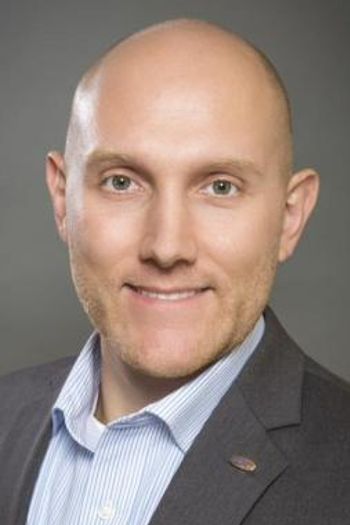
Strategies for making PCP practices more efficient
Your primary care practice team may not be as efficient as it could be, particularly for patients with complex, chronic health needs.
Your primary care practice team
Related:
A
Develop inter-professional teams
The push to diversify primary care teams is propelled by workforce trends: By 2020, the percentage of primary care doctors retiring will outnumber the percentage of new doctors, according to a
Further reading:
“Bringing in an inter-professional team structure can allow physicians to practice at what they do best,” says Janis M. Orlowski, MD, MACP, chief health care officer, Association of American Medical Colleges (AMMC). Integrating professionals such as nutritionists, occupational therapists and social workers on the team can improve patients’ health and ability to function and can enable more efficient delivery of preventive care that helps keep patients healthy and out of the hospital.
But increasing reliance on RNs and NPs to provide primary care for chronic patients can also require further training in specialized skills. Lack of insurance reimbursement and lower salaries in primary care work than in hospitals can be obstacles to recruiting non-physicians to a primary care team.
Use technology to leverage the talents of your team
Investing in shared electronic health records and data analytics can help segment patients, assign resources and design customer experiences that enable primary care practices to maintain continuous engagement at various care touch points, rather than interacting with patients on sporadic visits.
Further reading:
Use of technology can help practices leverage team members more effectively, extend the primary physician’s “virtual” team and foster more seamless interactions with specialists. Orlowski cites a $7 million AAMC initiative sponsored by the Center for Medicaid & Medicare Innovation (CMMI) for electronic medical record-based consults and referrals that connect primary care physicians to specialists, who can view patients’ medical records, specify tests, triage a patient visit or quickly reply to physician questions.
By streamlining workflow, this program enables primary care doctors to care for a larger number of complex patients and make referrals to specialists when they are truly needed. Meanwhile, participating specialists
Reduce administration time
A team structure can help operationally in other ways. According to the PwC report, a big reason for primary care practice inefficiency is that physicians have to spend more than a third of their time and significant resources on administration.
Over the past seven years, Andy Lazris, MD, a Maryland-based solo primary care physician has successfully built a and trained team of nurse practitioners who care for a patient panel of 2000 patients, 75% of whom are geriatric patients with complex medical needs. But continually evolving Medicare and insurance reimbursement issues still take administrative time, as his practice is relatively small, whereas doctors in larger systems have dedicated resources devoted to navigating the bureaucracy.
Related:
Lazris joined an accountable care organization (ACO), which provides his practice with administrative guidance and additional resources. The ACO extends his practice to a virtual team by helping him develop relationships with specialists, nursing homes, and home health agencies, as well as with the hospital and assisted living communities to reduce patient hospitalizations, one of his practice goals.
“We do feel like we are part of our ACO team, and that's a great feeling after having to go at this alone for so many years,” Lazris says.
Newsletter
Stay informed and empowered with Medical Economics enewsletter, delivering expert insights, financial strategies, practice management tips and technology trends — tailored for today’s physicians.








